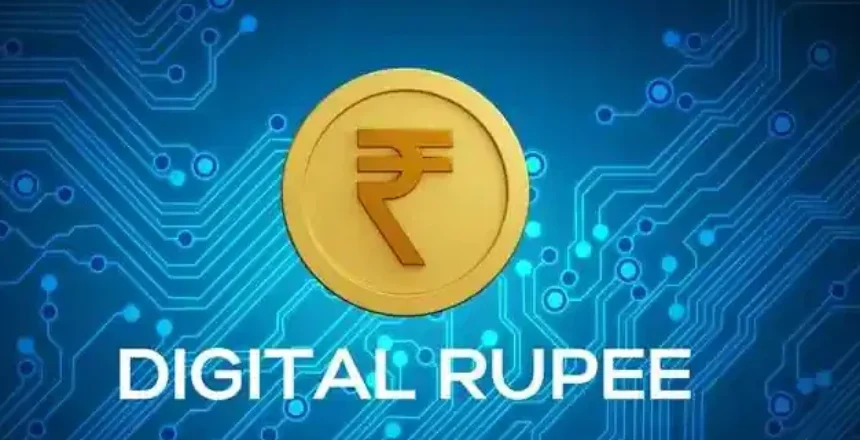What is digital rupee?
Digital Rupee, or e-Rupee, is a digital token released by the Reserve Bank of India (RBI) that represents legal tender. It has the same value as fiat currency. It was released initially on November 1st, 2022 for the wholesale segment and was later released to the retail segment on December 1st.
The digital rupee can be used as a substitute for physical currency between peer-to-peer and peer-to-merchant transactions. It is available in the same denominations as real currency and coins.
How does the digital rupee work?
Just like its physical counterpart, the digital rupee works allows customers to transact using the digital rupee via a digital wallet. Customers can link their bank accounts to the wallet and load them with the digital currency that can be used to make individual purchases at merchant shops.
Currently, only four banks – State Bank of India (SBI), ICICI Bank, YES Bank, and IDFC First Bank – offer e-Rupee wallets to select customers and merchants in Mumbai, New Delhi, Bengaluru, and Bhubaneswar. You can expect to see e-Rupee in more banks over the next few months.
What is the difference between digital rupee and cryptocurrency?
The main difference between the digital rupee and cryptocurrency is that the digital rupee is a physical currency issued by the central bank while cryptocurrency is decentralised money, not controlled by any government or central bank.
Therefore, the digital rupee is not as volatile as cryptocurrency. Moreover, digital currency will always retain its face value, i.e. a 500 rupee digital token will have the same value as a 500 rupee note.
What are the benefits of the digital rupee?
The digital rupee was released by the Indian government to ensure India does not fall behind in the digital currency race with countries like the US, China, Russia, and the Bahamas. The digital currency also has a lot of benefits.
Ensures financial inclusion.
DIgital currencies like the e-Rupee can help bring access to financial services to groups who may have previously couldn’t. It can be used to replace physical currency to complete different types of transactions like money transfers, paying at stores, investing, and so on. Also, it is easier to ensure that money from government schemes and programs reach the right people and is used for the intended purposes.
Makes life easier.
The digital rupee will make consumer’s lives easier by providing instant fund transfers without any extra charges. Moreover, they won’t have to worry about withdrawing and managing physical currency, or damaged notes.
It ensures transparency.
With the use of blockchain technology used in crypto, banks can ensure transparency with every transaction. It also enables real-time money tracking and ledger maintenance.
It is centralised.
Unlike crypto, the digital rupee is centralised, i.e. backed by the RBI which ensures that it has a low risk of volatility.
What is the future of the digital rupee?
The digital rupee was introduced as an answer to the problems we face today like money laundering, damaged notes, and financial inclusion. The hope is that the digital rupee is the step in the right direction to alleviate some of these problems.
Being a huge change in the way we work with money, we can expect this change to take time. The RBI plans to continue with the initial trials of the digital rupee at the wholesale and retail level and assess its impact on regulatory, monetary, and fiscal policies of the country. But one thing is for certain, the digital rupee takes us one step closer to the government’s vision of a cashless India.
Sources:


